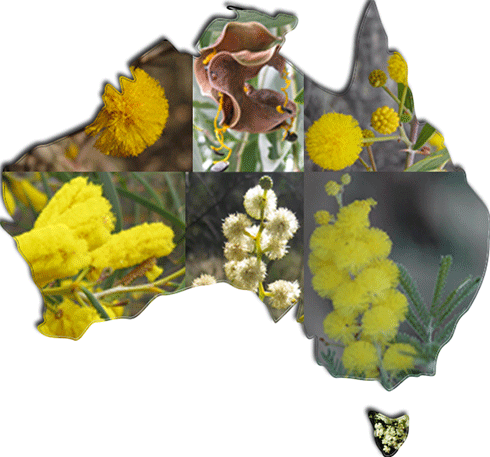
|
Published: 18 August 2014
Australia’s Virtual Herbarium: five million records and counting
Australia’s Virtual Herbarium (AVH) – one of the world’s largest repositories of information on plant species based on actual specimens – has just notched up a landmark five million data records.

|
|
Australia’s Virtual Herbarium provides the most complete picture available of Australia’s botanical diversity, and has set a benchmark for botanical repositories elsewhere. Credit:
Flickr Robyn Jay BY-NC-SA 2.0
|
‘This milestone represents a mammoth collaborative effort from Australian herbaria, who have worked together for over 25 years to make the information associated with herbarium specimens easy to share and reuse by anyone, anywhere in the world’, said Kevin Thiele, Chair of the Council of Heads of Australasian Herbaria.
The AVH brings together specimen data from many of Australia’s herbaria – specialised museums that house collections of dried plants, algae and fungi – and makes it freely available on the web, providing the most complete and up-to-date picture of Australia’s botanical diversity available.
Combining these data sets and providing easy access to them allows scientists to undertake large-scale biodiversity research projects previously not feasible due to the scattered nature of the information.
Brent Mishler, a biology professor at the University of California, Berkeley, and colleagues at the Centre for Australian National Biodiversity Research in Canberra, recently used AVH data to develop and test methods for identifying areas of land in Australia with high genetic diversity that may be in need of greater conservation protection.
‘Australia presents the best current opportunity for studying large-scale patterns of diversity because of the nearly complete digitisation of herbarium collections by Australia’s Virtual Herbarium,’ said Prof Mishler.
‘These new landscape-scale methods [will not be] feasible in the US until we have more herbarium data available.’
Using Australian acacias as an example, the team’s research identified biologically important, but currently unprotected, areas in Western Australia and confirmed the significance of the world heritage listed Wet Tropics of Far North Queensland.
‘We now have a richer view of biodiversity that takes into account the number of species, their rarity in the landscape and the rarity of their close relatives,’ added Prof Mishler.
South African researchers have also used AVH specimen data to model the distribution of potentially weedy Australian species – including eucalypts, casuarinas and acacias – outside Australia and predict the likelihood that they will become invasive.
‘AVH data has been absolutely crucial for much of this work’, said David Richardson, Director of the Centre for Invasion Biology at Stellenbosch University near Cape Town.
The combined collections of Australian herbaria are estimated to exceed seven million specimens. According to Thiele, Australia’s herbaria are ‘active research collections that are always growing’.
‘They contain specimens from the earliest European explorations of Australia to the most recent botanical expeditions,’ he said. ‘New specimens are added daily as botanists continue to investigate our native and naturalised flora.’
AVH data are delivered through infrastructure provided by the Atlas of Living Australia (ALA).
The ALA – a partnership of Australian herbaria, museums, CSIRO, government agencies and other biological collections – is supported by the Australian Government through the National Collaborative Research Infrastructure Strategy (NCRIS) and the Education Investment Fund (EIF) Super Science initiative.
Source: AVH

